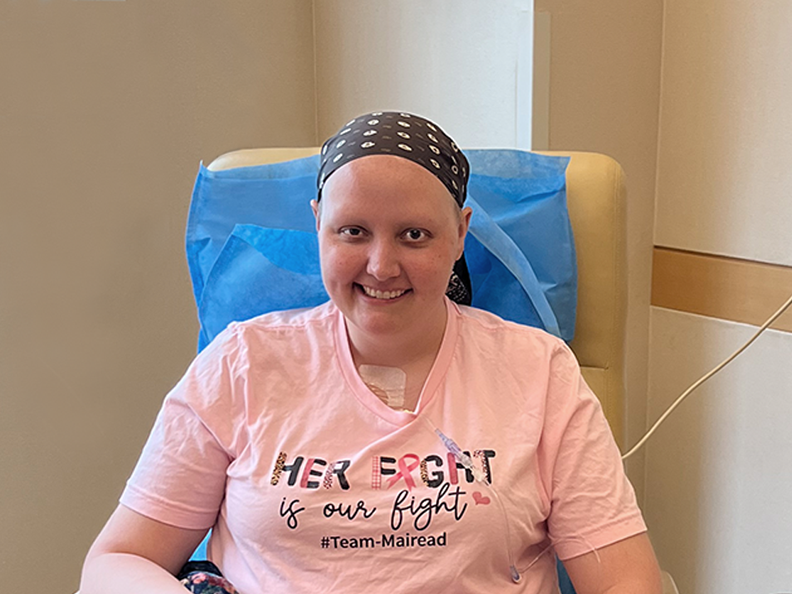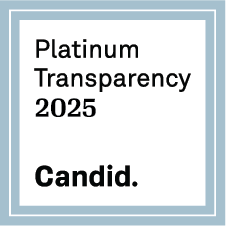Your gift is 100% tax deductible
Chemotherapy for Chronic Lymphocytic Leukemia (CLL)
Chemotherapy (chemo) uses anti-cancer drugs that are taken by mouth or injected into a vein or muscle to kill or control cancer cells. These drugs enter the bloodstream and reach all parts of the body, so chemo can be useful for cancers that tend to spread throughout the body, like chronic lymphocytic leukemia (CLL).
Chemo isn’t used as often to treat CLL as it was in the past, now that more effective treatments have become available. But it is still used in some situations.
When and how is chemo used to treat chronic lymphocytic leukemia (CLL)?
In the past, when people with CLL needed to be treated, chemo was usually part of the main treatment. But as newer, more effective immunotherapy and targeted drugs have become available, chemo is now used less often.
Chemo might be used (often along with an immunotherapy drug) if:
- It's important to get a quick response to treatment
- A person can't be treated with targeted drugs for some reason
- Other drug treatments have already been tried and are no longer helpful
Chemo is also often an important part of the treatment for people getting a stem cell transplant.
Doctors give chemo in cycles, with each treatment period followed by a rest period to allow the body time to recover. Chemo cycles generally last about 3 to 4 weeks.
Because of the side effects it can cause (see below), chemo might not be recommended for people in poor health.
Chemo drugs used for chronic lymphocytic leukemia (CLL)
The chemo drugs most often used to treat CLL include:
- Fludarabine
- Cyclophosphamide
- Bendamustine
- Chlorambucil
- Corticosteroids, such as prednisone, methylprednisolone, or dexamethasone
Chemoimmunotherapy for CLL
Chemo drugs are often combined with an immunotherapy drug (known as chemoimmunotherapy, or CIT). Examples of common regimens include:
- Fludarabine, cyclophosphamide, and rituximab (FCR)
- Bendamustine and rituximab (BR)
Possible side effects of chemo
Chemo drugs attack cells that divide quickly, which is why they work against cancer cells. But other cells in the body, such as those in the bone marrow, the lining of the mouth and intestines, and the hair follicles, also divide quickly. This can lead to side effects.
Chemo side effects depend on the type and dose of drugs given and the length of time they are taken.
Common side effects include:
- Hair loss
- Mouth sores
- Loss of appetite
- Nausea and vomiting
Chemo can also cause low blood cell counts, which can lead to:
- Increased risk of infections (from having too few white blood cells)
- Easy bruising or bleeding (from having too few blood platelets)
- Fatigue and shortness of breath (from having too few red blood cells)
Tumor lysis syndrome is another possible side effect of certain types of chemo:
This syndrome is most common in people who had large numbers of leukemia cells in their body before treatment. (This may be called bulky disease.) It most often happens with the first cycle of chemo.
When the CLL cells are killed, they break open and release their contents into the bloodstream. This can overwhelm the kidneys, which can't get rid of these substances all at once. This can lead to a build-up of excess amounts of certain minerals in the blood.
The excess minerals can cause kidney failure, heart problems, and nervous system problems. These might be prevented by giving a person extra fluids and certain drugs, such as sodium bicarbonate, allopurinol, febuxostat, and rasburicase.
Drugs to reduce chemo side effects
The side effects from chemo usually go away once treatment is finished. There are often ways to lessen or even prevent some of them from happening. For instance, drugs can help prevent or reduce nausea and vomiting.
Be sure to ask your cancer care team about medicines to help reduce side effects, and let them know when you do have side effects so they can be managed before they get worse.
Drugs known as growth factors might be given to increase white blood cell counts and help reduce the chance of infection. These drugs include G-CSF (filgrastim), pegfilgrastim, and GM-CSF (sargramostim).
To learn more, see Supportive or Palliative Care for Chronic Lymphocytic Leukemia (CLL).
More information about chemotherapy
For more general information about how chemotherapy is used to treat cancer, see Chemotherapy.
To learn about some of the side effects listed here and how to manage them, see Managing Cancer-related Side Effects.
- Written by
- References

Developed by the American Cancer Society medical and editorial content team with medical review and contribution by the American Society of Clinical Oncology (ASCO).
National Cancer Institute. Chronic Lymphocytic Leukemia Treatment (PDQ®)–Health Professional Version. 2025. Accessed at https://www.cancer.gov/types/leukemia/hp/cll-treatment-pdq on February 20, 2025.
National Comprehensive Cancer Network, Clinical Practice Guidelines in Oncology (NCCN Guidelines®): Chronic Lymphocytic Leukemia/Small Lymphocytic Lymphoma, Version 2.2025. Accessed at https://www.nccn.org on February 20, 2025.
Rai KR, Stilgenbauer S. Selection of initial therapy for symptomatic or advanced chronic lymphocytic leukemia/small lymphocytic lymphoma. UpToDate. 2024. Accessed at https://www.uptodate.com/contents/selection-of-initial-therapy-for-symptomatic-or-advanced-chronic-lymphocytic-leukemia-small-lymphocytic-lymphoma on February 20, 2025.
Rai KR, Stilgenbauer S. Treatment of relapsed or refractory chronic lymphocytic leukemia. UpToDate. 2024. Accessed at https://www.uptodate.com/contents/treatment-of-relapsed-or-refractory-chronic-lymphocytic-leukemia on February 20, 2025.
Last Revised: March 20, 2025
American Cancer Society medical information is copyrighted material. For reprint requests, please see our Content Usage Policy.
American Cancer Society Emails
Sign up to stay up-to-date with news, valuable information, and ways to get involved with the American Cancer Society.



